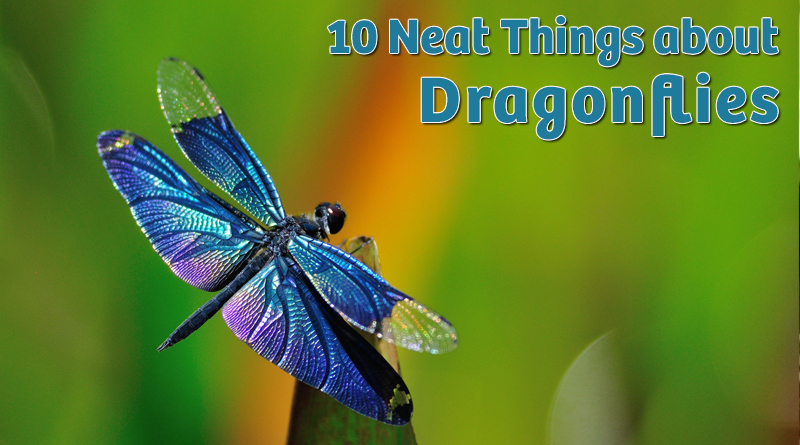About Dragonflies
Do you have dragonflies in your garden? Here are 10 neat things about these cool dragonflies.

1. Do dragonflies bite?
Dragonflies do bite, although never maliciously. No, they don’t have teeth, in spite of the fact that they are of the order Odonata, meaning tooth-jawed in Greek. But if you interfere with or threaten them, they may just clamp down on a bit of human flesh with their strong mandibles. It feels like a sharp pinch but they rarely puncture the skin.
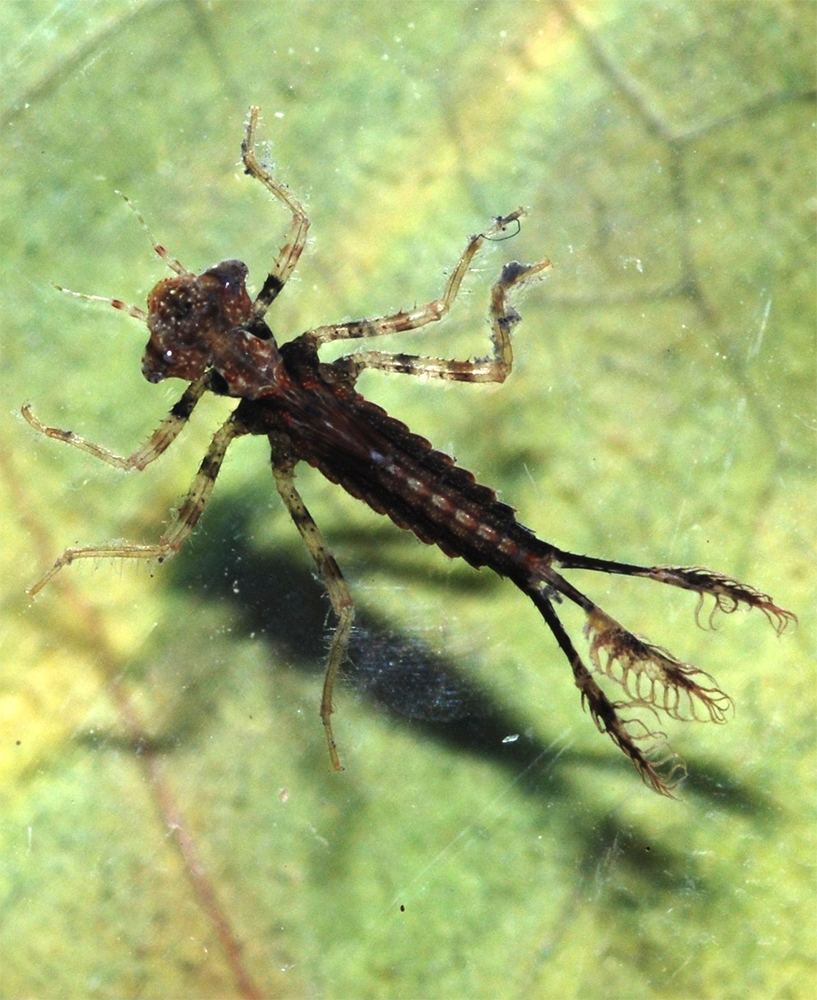
2. Water babies.
Dragonflies spend most of their lives under water as nymphs. This can be a little as two months for the smallest of the 5,000 and some members of the species to up to six years for others. In this life stage, they use extendable jaws to capture and eat other insect nymphs and have a spear-like appendage on their heads to help capture vertebrates such as tadpoles and tiny fish. Dragonfly nymphs have gills in their rectums, and they are able to breathe out suddenly to propel themselves forward. Seriously.
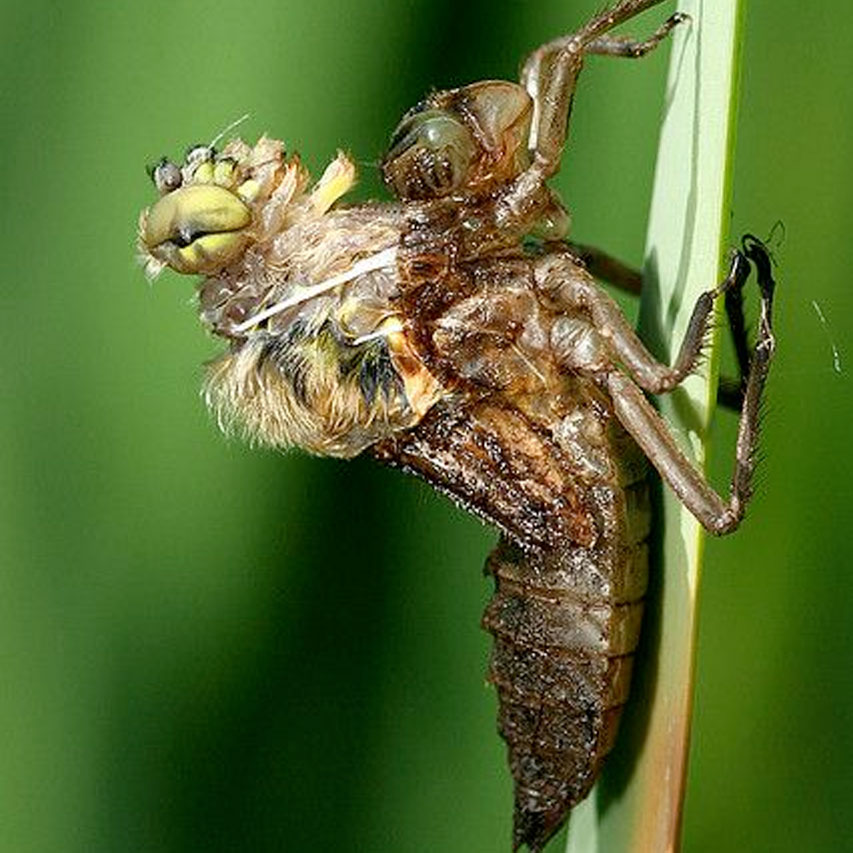
3. Transformation.
When the nymph is ready to become an adult, it climbs up out of the water and begins breathing air instead of water. The outer skin splits behind the head and the adult climbs out of the shell of the nymph. Its wings fill with insect blood, and away it flies.

4. Adult food.
Dragonflies are famous for eating mosquitoes but, while the adults are happy enough to eat mosquitoes, most mosquitoes are active at dusk while dragonflies are most active during the day. Nymphs, however, eat lots of mosquito larvae. Adult dragonflies eat whatever flying insects they can catch, including flies, ants, gnats, bees and even the odd butterfly. They have huge appetites and eat their weight in insects every 30 minutes.
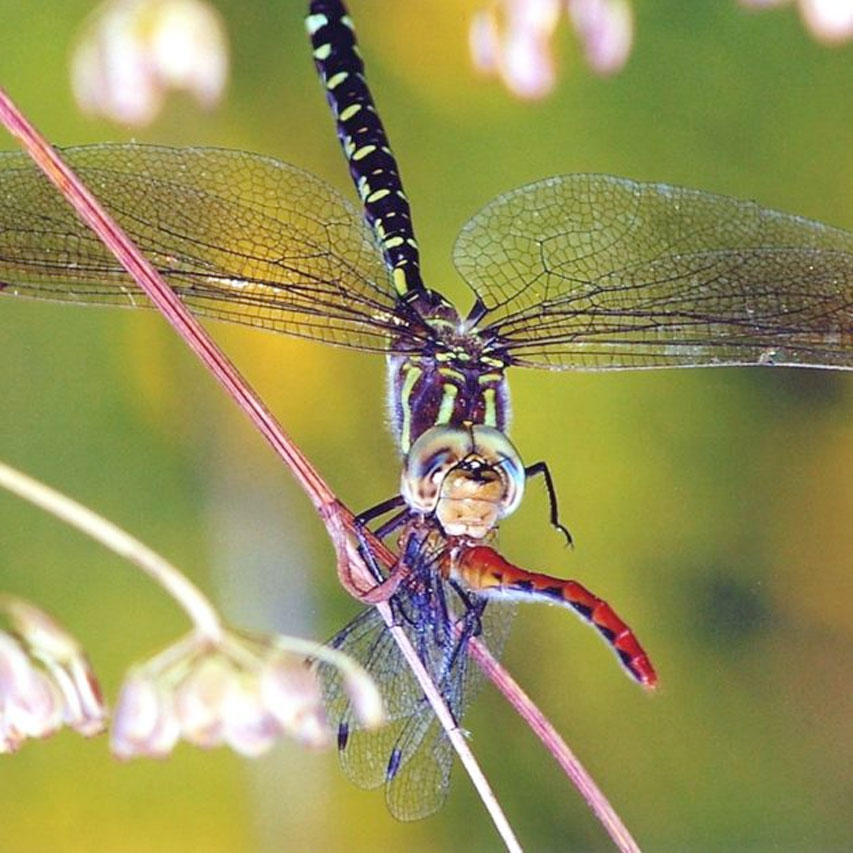
5. Eating on the run.
Or in flight, really. A dragonfly captures its prey in flight with a little basket formed by its legs and brings the prey to its jaws to eat. Because it uses its limbs for holding the food, it cannot alight while it eats — it doesn’t have a leg to stand on!
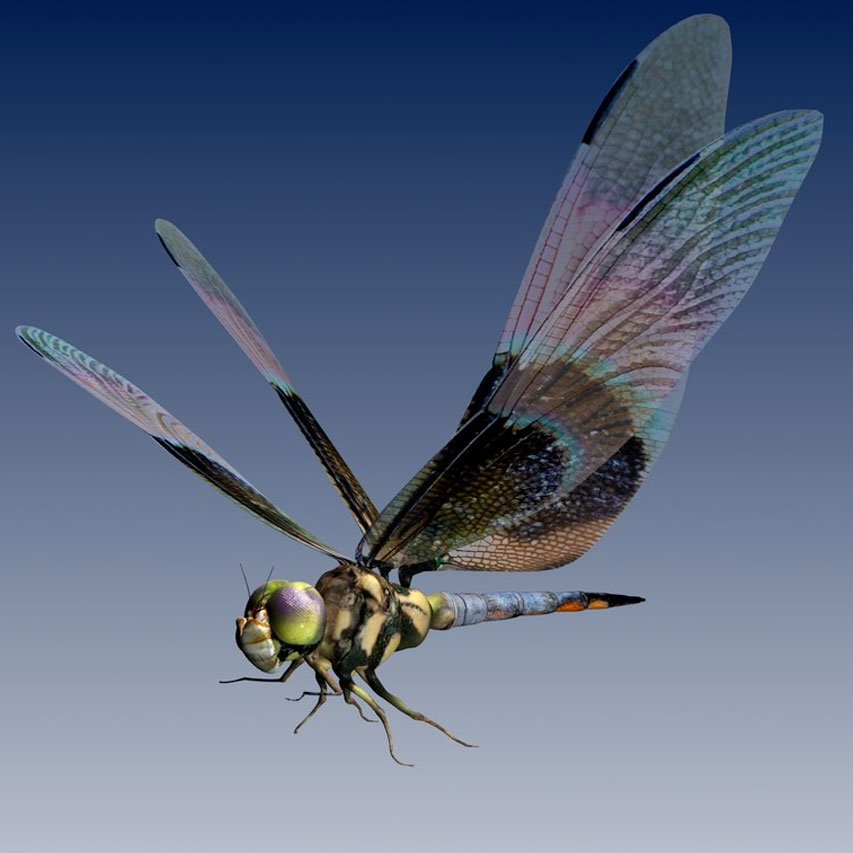
6. Movement.
Dragonflies are the helicopters of the insect world. They can move up, down, forward, backward and to either side. They can also hover and glide. And they can achieve high speed, as much as (23 to 34 miles per hour) 38 kilometers per hour, in an instant. (Their average speed is about 10 miles per hour). This gives them superb hunting skills. Although they have six long, strong legs, they are not good walkers!
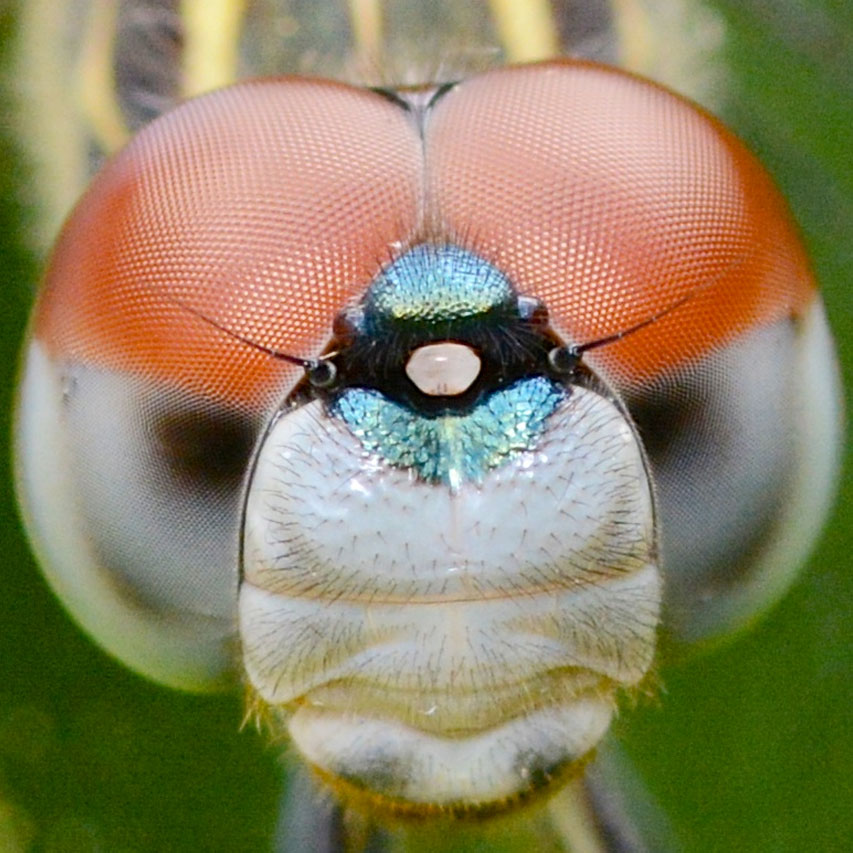
7. Vision.
Paired with the flying abilities, dragonflies have 360 degree vision. Their two compound eyes are made up of 30,000 little independent lenses. They do not see the kind of detail we do, but they are incredibly adept at detecting motion. To a dragonfly, a movie might look like a series of still pictures.
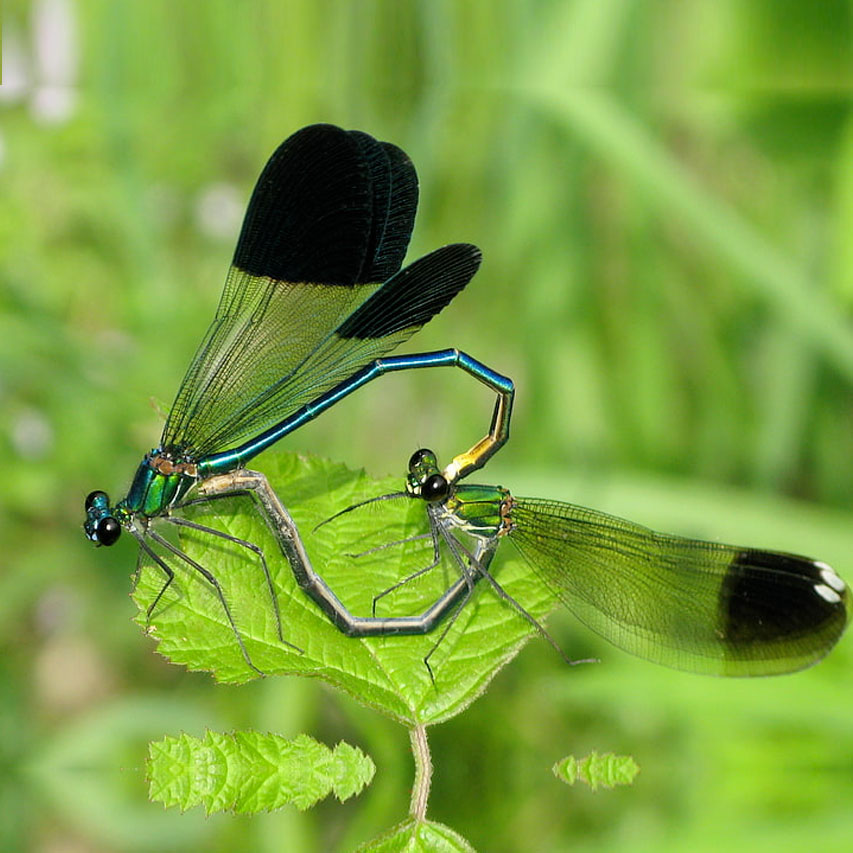
8. Heat sensitive.
Dragonflies need to be at least 25 degrees Celsius to fly. When they are too cool, they’ll sit on a rock in the sun to heat up, or shiver wing muscles to generate heat. They can get too hot, though, too, and look for some shade to cool down. Another method some species use to cool down is known as the obelisk position. If you’ve ever seen a dragonfly kind of perched in a handstand, it’s trying to regulate its temperature. In this position, the tail points to the sun, reducing the surface area of the body that is in direct sunlight. Clever, eh?
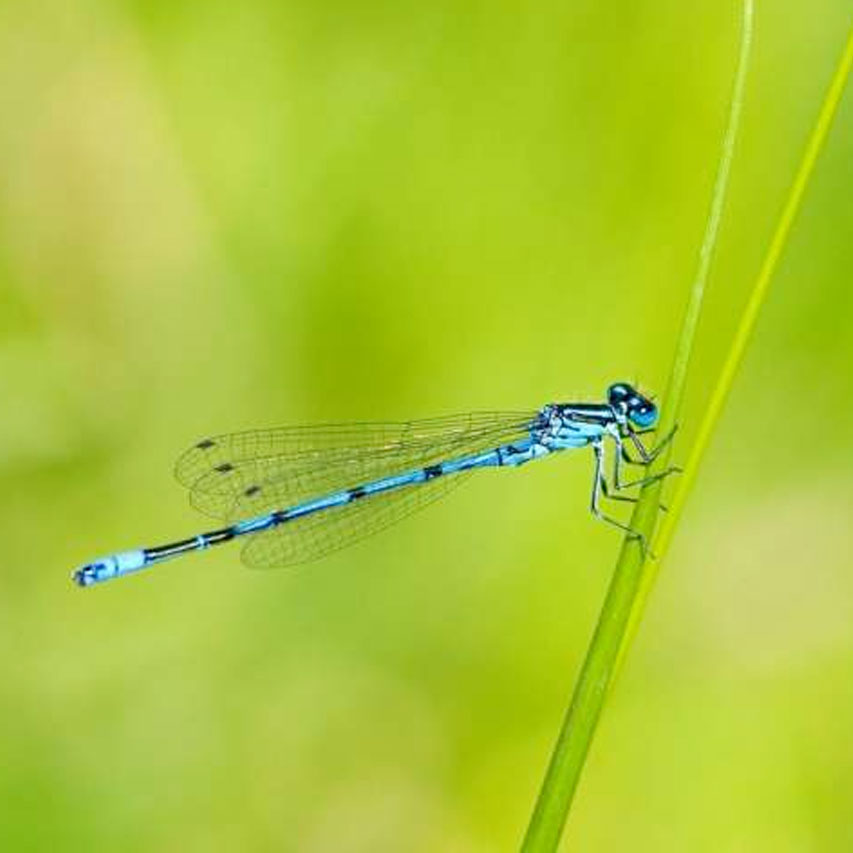
9. Dragonfly or damselfly?
No, a damselfly is not a lady dragonfly in distress, but a separate insect of the suborder Zygoptera in the order Odonata. Dragonflies at rest hold their wings perpendicular to their bodies. Damselflies fold their wings.

10. Mixed messages.
In European folklore, dragonflies tend to be considered sinister or agents of Satan. In Eastern and Native North American traditions, though, they get much more respect, representing swiftness and victory. Some North American natives also believed that dragonflies were the souls of the dead!



